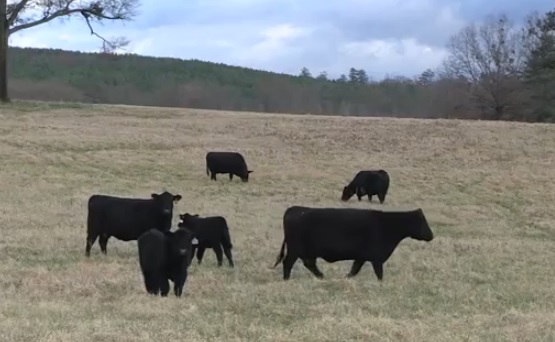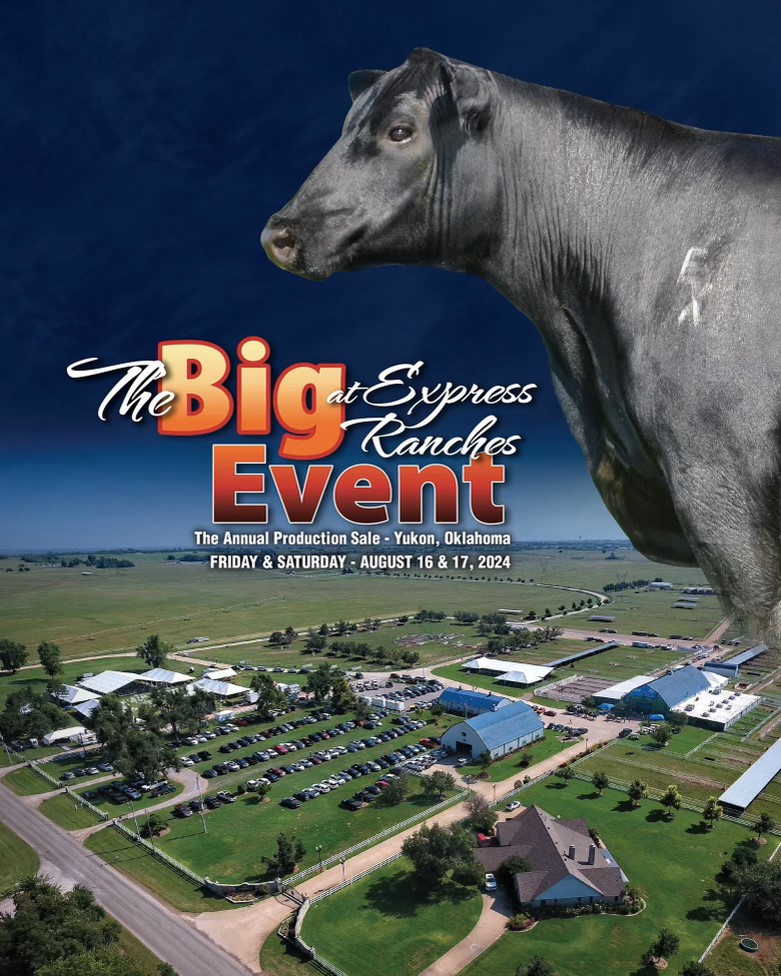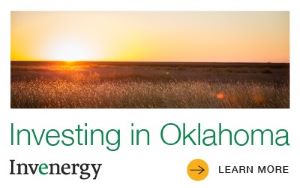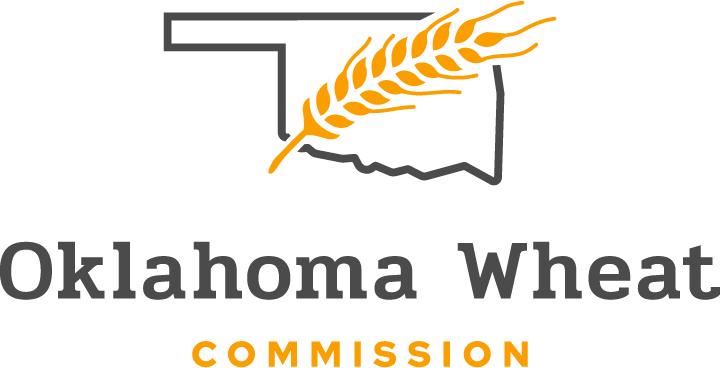
Agricultural News
Rebuilding Your Cowherd With the Right Genetics
Tue, 01 Sep 2015 15:52:48 CDT

You know the story: the national cowherd dropped from 40 million cows to 28 million. National Cattlemen's Beef Association executive director of education John Paterson explains why-.
"And many of us would say, it was due to the drought," Paterson said. "Ok? But there's about five reasons more than the drought and they were issues like high feed prices, the age of the producer, certain demographic of producers are leaving the ex- exiting the industry. I'll be honest with you a lot of our producers just couldn't believe what they were paying us for our calves and for our replacement heifers, even our cows and bulls. So we didn't keep them back. We sold them."
But times are good and that encourages rebuilding.
"The future is pretty bright, actually," Paterson said. "We think, at least until 2020, we're going to see some pretty strong cattle prices. Maybe not as high as 2014, but they're going to be high prices, profitable prices. At least until 2017 probably more like 2020."
Texas, Oklahoma and Kansas have seen the biggest jumps in cow inventory and 60 percent of the heifer retention is from those three states. But all across the U.S., Paterson says this rebuilding phase represents a chance to make herd improvements.
"We got rid of the, the less productive cows," Paterson said. "I think we've got a pretty young cow herd with pretty good genetics in the United States. We've got a great opportunity to continue to build on quality."
He says it's just a matter of using all the genetic and management tools available today.
"Now you can find these bulls in the catalogs that will help you on birth weight, weaning weight, yearling weight, profitability on there and so if we use that technology I think the future is really bright," Paterson said. "You're going to provide what that consumer is asking. Once again, tender, juicy, flavorful beef. And we've got the genetics to provide that in the country."
This video news is provided by CAB and the American Angus Association.
WebReadyTM Powered by WireReady® NSI
Top Agricultural News
More Headlines...




















